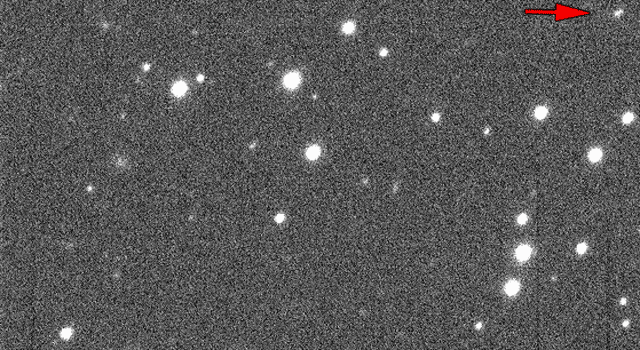A near-Earth object (NEO) is a Solar System object whose orbit brings it into proximity with Earth; now, the 10.000th near-Earth object, asteroid 2013 MZ5 was discovered, on the night of June 18, 2013, by the Pan-STARRS-1 telescope located on the summit of the Haleakala crater on Maui.

Out of the 10.000 discovered NEOs, over 9800 were discovered by NASA surveys.
“Finding 10,000 near-Earth objects is a significant milestone,” said Lindley Johnson, program executive for NASA’s Near-Earth Object Observations Program at NASA Headquarters, Washington. “But there are at least 10 times that many more to be found before we can be assured we will have found any and all that could impact and do significant harm to the citizens of Earth.” – 76 percent of the NEO discoveries have been made Johnson’s decade-long tenure.
This field of work is directly related to the available technology – which is developing exponentially.
“The first near-Earth object was discovered in 1898,” said Don Yeomans, long-time manager of NASA’s Near-Earth Object Program Office at the Jet Propulsion Laboratory in Pasadena, Calif. “Over the next hundred years, only about 500 had been found. But then, with the advent of NASA’s NEO Observations program in 1998, we’ve been racking them up ever since. And with new, more capable systems coming on line, we are learning even more about where the NEOs are currently in our solar system, and where they will be in the future.”
Most of these NEOs are smaller than one kilometer. NASA‘s Near-Earth Object Observations Program is important not only for discovering and studying objects in our solar system, but also for monitoring comets and asteroids which can potentially be harmful for Earth.






